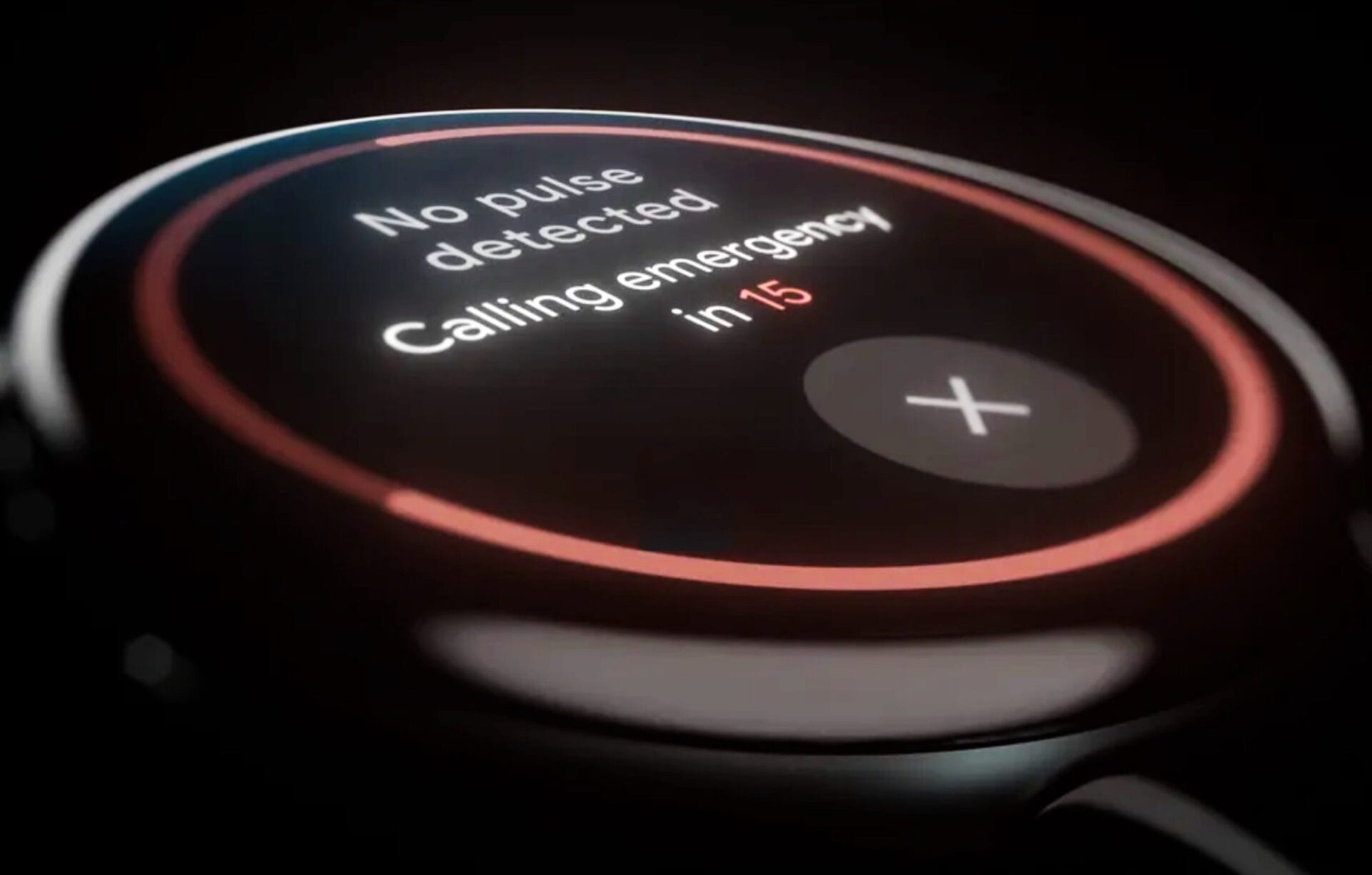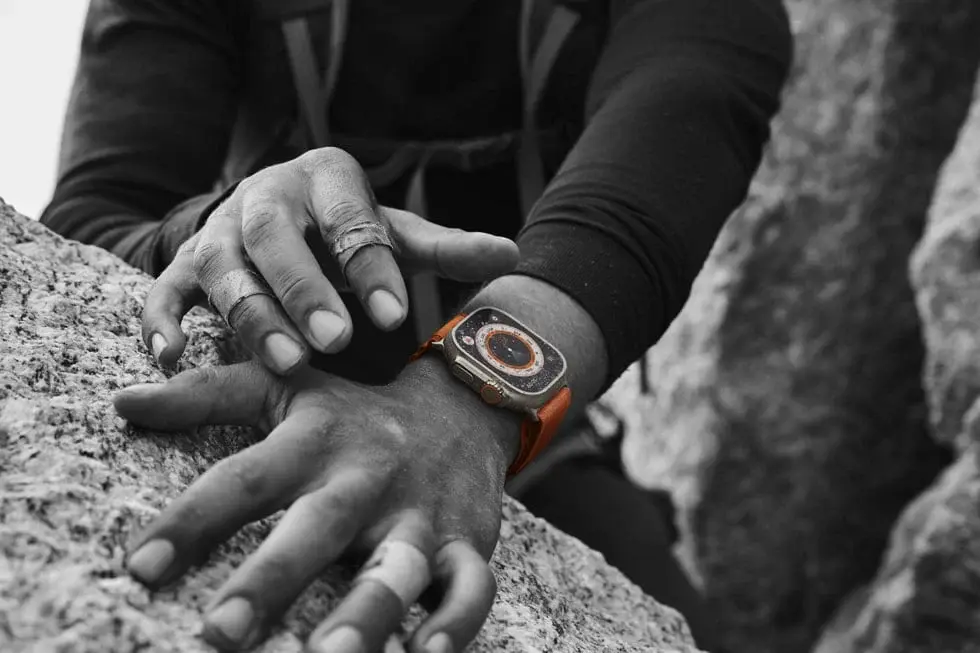Google has rolled out the December 2024 feature update for its Pixel smartphones and the Pixel Watch. As is typical, it might take a little while for all users with compatible devices to receive this update. This new version brings two emergency features to Germany that were already available in some other areas.
New Emergency Features
One of these new features is Fall Detection. This function automatically makes an emergency call if a user falls and doesn’t get up within 30 seconds, and then fails to respond to the smartwatch’s alarm within 60 seconds. When this happens, emergency services are notified through a voice message indicating that the Pixel Watch has registered a serious fall along with the user’s GPS location.
Car Crash Detection and More
Car Crash Detection is now accessible in Germany for the Pixel Watch 2 and Pixel Watch 3. This feature alerts emergency services and designated contacts if the user is involved in a car accident and doesn’t reply to the smartwatch’s alerts. Additionally, a new feature called Loss of Pulse Detection has been introduced for users in both Germany and Portugal, which is solely available on the Pixel Watch 3.
How Loss of Pulse Detection Works
This Loss of Pulse Detection feature identifies when the heart stops beating due to various reasons like respiratory arrest, poisoning, or cardiac arrest. If no pulse is found, an emergency call is triggered after a 20-second delay, giving users enough time to cancel it in case of a mistake. It uses data from the heart rate monitor and motion sensors, analyzed through AI technology, to reduce the chance of false alarms.


